With the rapid increase in the world’s population, meeting the need for electricity has been a major challenge and is mostly met by fossil fuels. Although these fossil fuels have many upsides, there are some considerable downsides as well, including increased greenhouse gas emissions, droughts, heat waves, rising sea levels, and more focus on renewable energy sources like solar, wind, hydroelectric, and bioenergy could be one of the sustainable ways. The article sheds light on the end-of-life management of solar panels or solar panel recycling below.
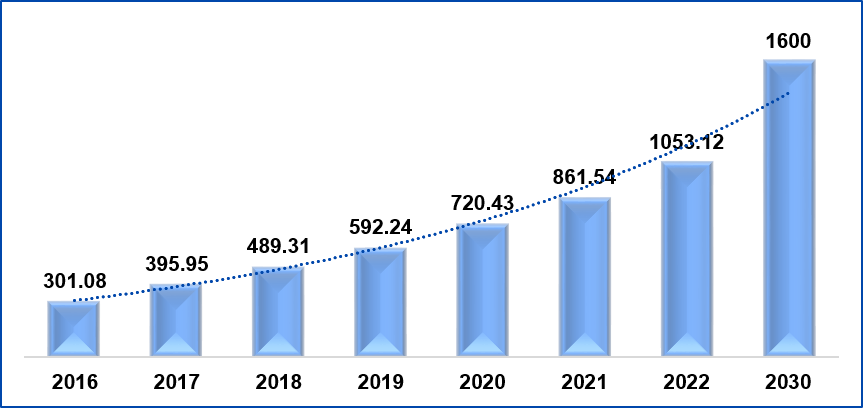
Figure 1: Solar PV Accumulative Installation in GW
The renewable energy industry shows a 9.1% spike in electricity production, with PV and wind as major contributors (>90%). IRENA states that solar PV panels, the top renewable source, meet nearly 60% of present electricity demand and are expected to surpass 1600 GW by 2030. E-waste of PV Panels.
Solar Panels Recycling: Waste Generation Projections
This prompt surge in the PV industry will ultimately result in tons of PV waste piling. The average lifespan of PV panels, typically around 25 years, can be extended to 30 years with new materials. Various damaging factors that can shorten the life span have been depicted in Fig.2. Projections suggest that e-waste from silicon PV panels may reach 60 to 78 million tonnes by 2050 with environmental and health risks due to the presence of aluminum, silicon, lead, cadmium, and tin. In landfilling, PV panels release toxic gases into soil and water, thus harming the biosphere.
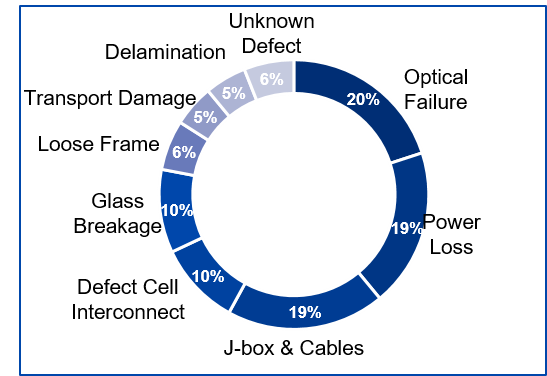
Figure 2: Damaging Factors
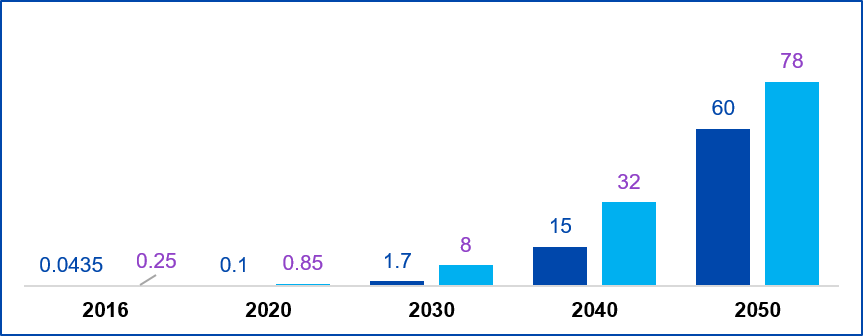
Figure 3: Solar PV Waste Accumulation Forecast in million tonnes
Amount of PV Installed vs Waste Generated
By 2050, the early-loss scenario (failure before lifespan) will lead to PV panel waste exceeding 80% of the volume of new installations. In the same year, the regular-loss scenario (failure after lifespan) surpasses 88%, as shown in Fig.4

Figure 4: Installed Capacity vs Waste Accumulation Forecast in million tonnes
GHG Emission Factor Estimation

Figure 5: GHG emissions of the solar PV system with a time period of 100 years
The solar PV framework is nearly five times greener than the solar thermal framework. Both systems require the cautious selection of less toxic solar panels, batteries, and heat storage to achieve superior environmental performance.
Need For Solar Panel Recycling
Considering that the average lifespan of a standard solar panel is 30 years, it is not so distant future (next 10 years) that the previously installed solar panels will come down and accumulate. If we do not find an efficient way to deal with this, we might have to face a very huge problem. Further recycling/repurposing of old solar panels has the potential to unlock a huge, invaluable stock of raw materials soon. As per IRENA stats, the old PV panel recycling market will be worth $15 billion by 2050.
Regulatory Policies
Solar PV panels may contain toxic substances, and mismanaging about 60 million tons of this waste can cause serious eco-toxicity. Governments worldwide have implemented environmental management strategies to address the issue, including EPR and product stewardship schemes. Following are the regulations of some prominent jurisdictions:
Europe:
The handling of e-waste, such as PV panels, has been implemented in the updated version (2012/19/EU) of the Waste Electrical and Electronic Equipment (WEEE) Directive in 2012.
The European Union has mandated the EPR and encourages companies to provide funds to treat e-waste. Currently, 90% of this waste is covered by B2C regulations, which will likely be replaced by B2B regulations due to their rapid growth.
China:
PV waste management centralized specialized policies, rules, and regulations are proposed by China’s National High-tech R&D Programme.
China started managing 10 MW of crystalline solar PV panels in January 2023, highlighting its spike in awareness of solar waste management.
USA:
USA passed Senate Bills 489 & 5939 to address PV waste by establishing recycling programs and providing tax benefits. Solar Energy Industries Association (SEIA) supervised a nationwide PV recycling program in 2016. First Solar, a US-based manufacturer, has installed recycling centers worldwide.
India:
On Nov 2, 2022, a specific set of guidelines was established for the solar sector as per the E-waste Management Rules 2022. As per this, the Central Pollution Control Board (CPCB) has to make and issue guidelines and SOPs for e-waste management, including solar PV panels.
Recycling Processes
Depending on the material grade to be recovered, there are three recycling treatment methods – top, medium, and bottom. The first method involves the recovery of high-quality and/or valuable materials like silicon wafers, glass, silver, aluminum, copper, etc. This method has two steps – (1) Delamination and (2) Material recovery. Module delamination employs various treatments, some of which are depicted in the table below:
| Technology | Advantages | Disadvantages | TRL |
| Chemical Etching | Recover high-purity materials Simple and efficient | Harmful Emission and high energy needed | Commercial |
| Thermal Treatment (Two-step healing) | Complete removal of Ethylene-vinyl acetate (EVA) Possible recovery of intact cell | Use of Chemicals | Commercial |
| Dry & Wet Mechanical Process | No process chemical Low energy required | No removal of dissolved solid | Commercial |
| Organic solvent & ultrasonic irradiation | More efficient than solvent dissolution Easy access to EVA | Harmful emissions & waste Expensive Equipment | Research Phase |
| Electro-thermal heating | Easy removal of glass | Slow process | Research |
| Pyrolysis | Separate 80% of wafers & 100% of glass sheets Cost-effective industrial process | Slightly worse texturization | Research (Pilot) |
| Solvent (Nitric Acid dissolution) | Complete removal of EVA & metal coating on the wafer Possible to recover intact cells | Can cause cell defects due to inorganic acid Harmful emissions | Research (Pilot) |
Table-1: Delamination Technologies
Economic Analysis of Recycling
Making new PV panels from recovered materials offers significant environmental and cost benefits and minimizes the demand for virgin materials. The full recovery end-of-life PV project (FRELP) method has been considered for the cost analysis. Negative costs portray income produced from PV panel recycling, and external costs portray the income invested in the recycling process.
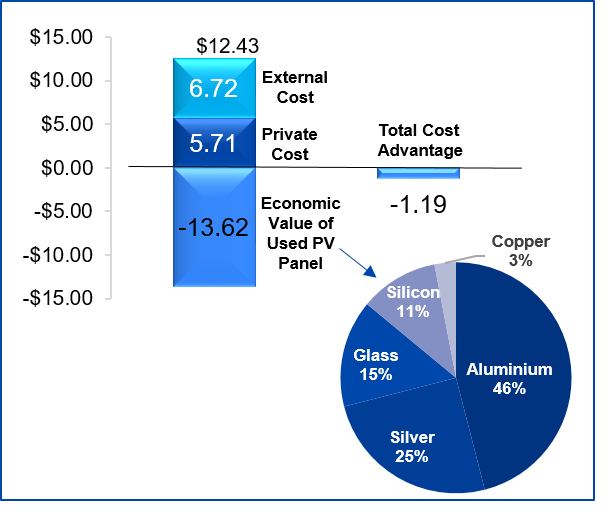
Figure 6: Economical Estimation of FRELP Method in $/m2
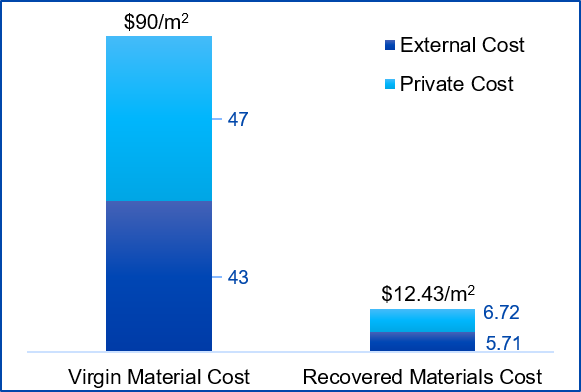
Figure 7: Production Cost (Virgin vs Recovered)
It is approximated that the cost of using virgin materials from the earth’s crust is around USD 90/m2 when considering both private and external factors. The net solar PV panel recycling cost ($12.43/m2) is nearly 86% less compared to the production of new panels, which is very economically beneficial. However, solar PV recycling technologies are still in the budding stage, and researchers are actively working to optimize the technological processes.
Environmental Analysis of Recycling
The recycling of solar PV panels is still in its early phases, and researchers have identified benefits & drawbacks linked to this procedure. Some important highlights are provided below:
Advantages
Carbon Footprint Reduction
The recycling of photovoltaic waste holds the capability to decrease CO2 emissions by 1.1 X 1011 kg, conserve 1.1 X 1012 kg of industrial water, and produce 3.6 X 1011 MJ for primary energy consumption.
Resource Conservation
Recycling could be one of the interesting options to prevent the leaching of hazardous metals into natural resources.
Energy Savings
Deutsche Solar highlights that it takes nearly 70% less energy to make PV silicon wafers from recovered silicon than new wafers, but the Payback time is shorter (~1.7 years) than for a standard module.
Disadvantages
Emission of toxic gases, chemicals, and elements
During pyrolysis, the initial solid waste changed into 0.313 kg of solid substance, including lead, cadmium, 0.143 kg of hydrocarbon-containing liquid, and 0.133 kg of gases, including CO2, CO, H2, and halogens like bromine, chlorine, and fluorine.
Challenges
The recycling of PV panels is associated with various technical and non-technical challenges, impacting the upcycling recycling process. Some of these include –
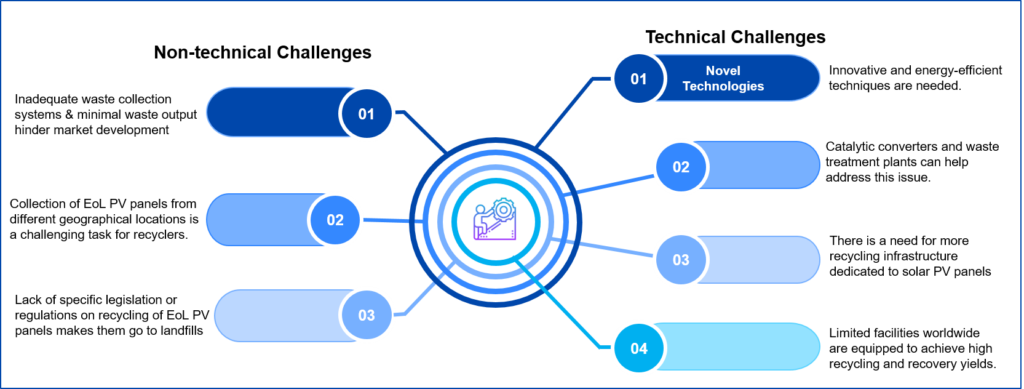
Figure 8: Challenges in the recycling of PV panels
Collaborations
The value creation of end-of-life solar PV panels is viable only through joint efforts among active industrial players. This helps promote active participation in the circular economy, encouraging sustainability by meeting local waste management needs. Recent collaborations working on the recycling of solar PV panels are depicted in Figure 9 below-
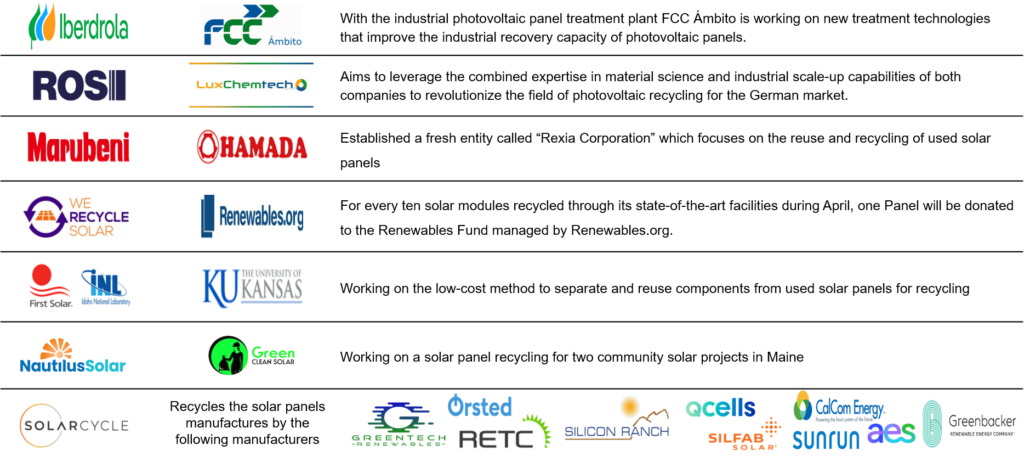
Figure 9: Collaborations in solar PV recycling
Conclusion & Future Outlook
Solar PV panels constitute more than 90% of the global renewable electricity in a greener way. This growth in the PV industry produces e-waste when it reaches its end of life. Hence, there is an urgent need for recycling methods that are efficient and economical and yield high yields. One such method is an electrostatic separator in mechanical treatment, which is especially productive in segregating non-conductive materials from conductive materials.
In conclusion, the recycling industry for solar PV panels has good scope, fueled by certain factors such as technological advancements, enforcing regulations, and growing awareness. Players can tackle PV waste production and promote sustainability by embracing novel technologies and circular economy principles. As the industry progresses, nurturing innovation and enhancing the implementation of greener recycling methods will be crucial and can be achieved by progressive collaborations among researchers, producers, and policymakers. Moreover, floating solar farms and parks are being built. So, the sector’s future is expansive.
Stellarix’s Perspective
We can provide a few approaches to tackle the technical challenges, such as:
- Technology scouting to identify various innovative & energy-efficient recycling strategies such as AI-based sorting systems, Plasma Arc based Recycling, etc.
- Sustainability studies to identify emission-reducing recycling techniques like replacing HNO3 with iodine and iodide (I2–KI) in chemical treatment reduce acidification and eutrophication significantly with enhanced material recovery.
- Ecosystem analysis to identify the active players involved in the domain of interest for potential collaborations. Borosil Renewables Ltd. is seeking the right technology partners and equipment suppliers to develop and scale their solar PV recycling business.